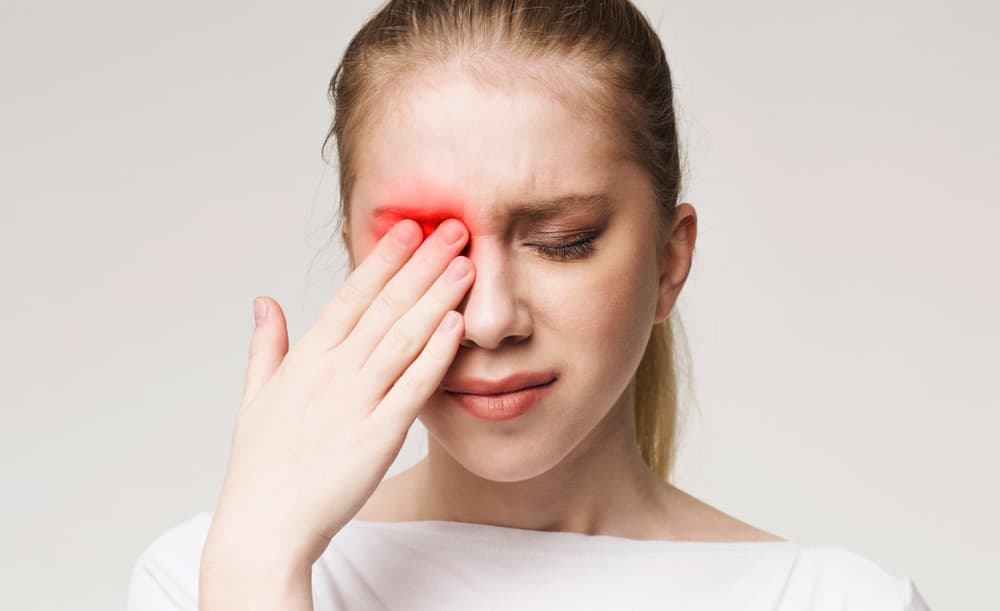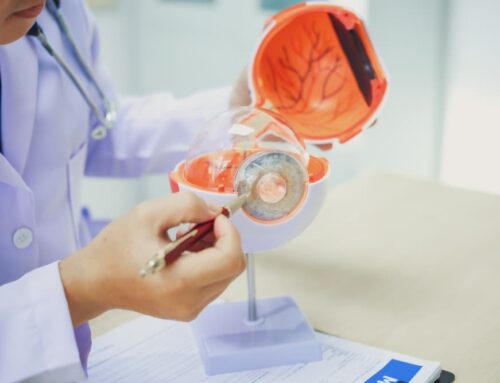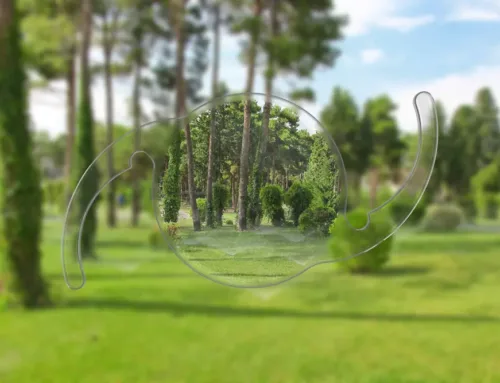Even without being told to do so by a medical professional, you already instinctively know not to let anything hurt your eyes. It is your natural instinct to protect your eyes from being poked or cut in any way. Yet, in the blink of an eye (pun intended!) accidents can happen.
The clear, protective “window” at the front of your eye is your cornea. When your cornea is scratched, this is called a corneal abrasion.
Table of Contents
- What Is a Corneal Abrasion?
- Corneal Abrasion Symptoms
- When to See an Eye Doctor
- How Its Diagnosed
- Corneal Abrasion Treatment
What Is a Corneal Abrasion?
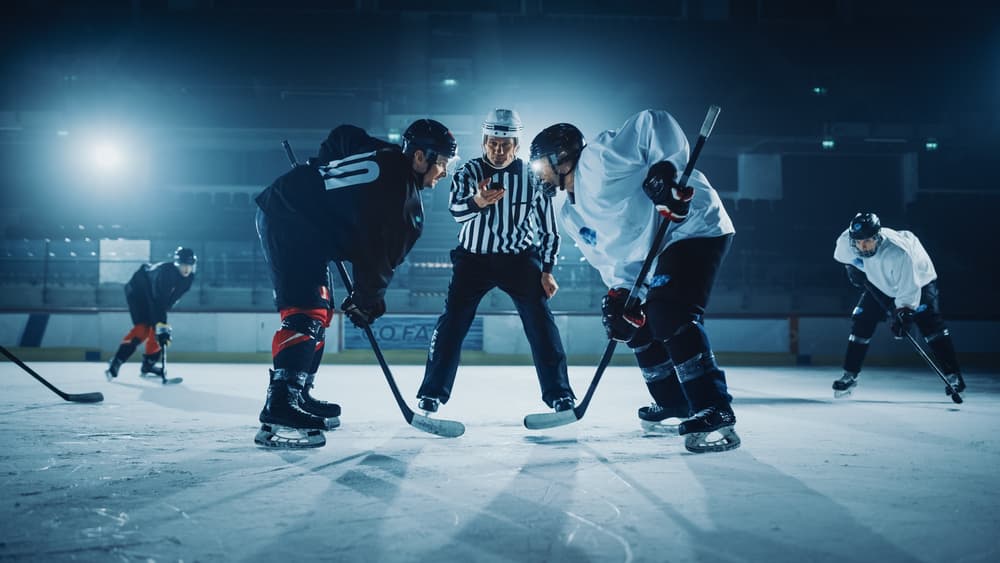
The American Academy of Ophthalmology tells us that a corneal abrasion is “a scratch or scrape on the surface of your cornea.” A few common ways of getting such an injury include fingernails, makeup brushes, dirt, dust, wood shavings, rubbing your eye too hard, having very dry eyes, and also tree branches.
Certain contact sports, like hockey and basketball, put a person at risk for a corneal abrasion because it isn’t uncommon for a player to get poked in the eye during game play.
Corneal Abrasion Symptoms
Corneal abrasions often cause a person significant pain. You see, the cornea in your eye has many nerve cells, pain receptors, that transmit pain and tell us there is damage to the eye’s surface. There are hundreds of times more pain receptors in our cornea than there are in our skin.
You’ll know you have a corneal abrasion when your eye hurts really badly. “The cornea has among the highest densities of nerve fibers in the human body, so even a very small abrasion can be very painful,” says Dr. Jessica Chow of Yale Medicine.
No wonder this injury hurts so bad! Other corneal abrasion symptoms include:
- The feeling that something is stuck in your eye
- A gritty feeling in the eye
- Red, dry eyes
- Watery eyes
- Blurry or hazy vision
- Sensitivity to light
When to See an Eye Doctor
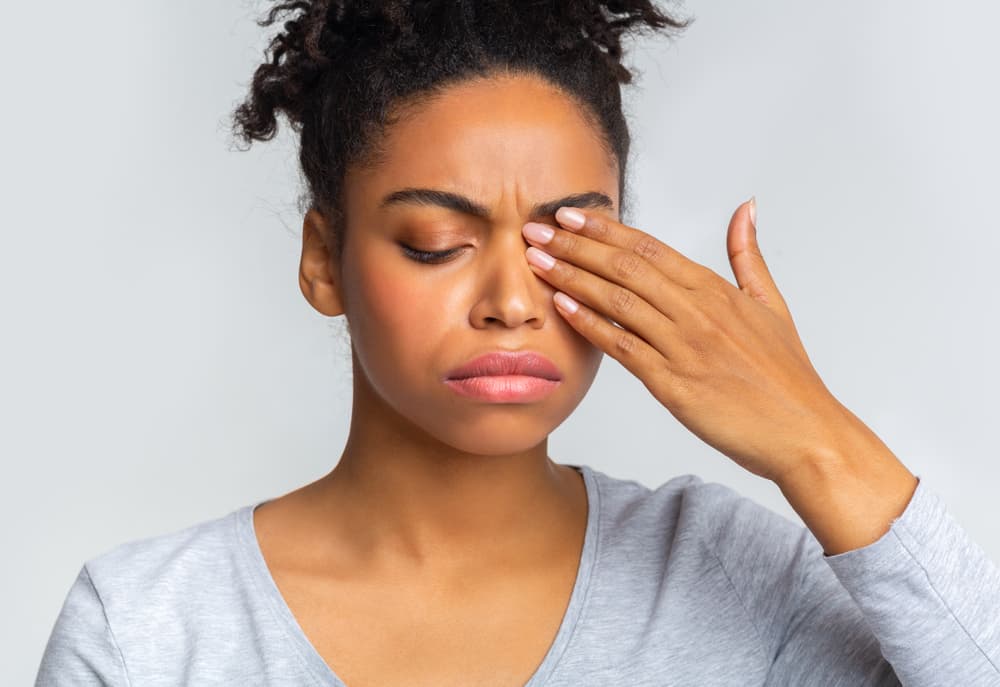
There are times when you will need corneal abrasion treatment, as it is not sufficient to let the injury heal on its own. If you suspect you have a corneal abrasion, you want to seek prompt medical attention. Left untreated, a corneal abrasion could become infected and even result in a corneal ulcer. A visit to your Reno eye doctor will tell you whether you have a corneal abrasion.
How Its Diagnosed
“But I can’t see a scratch” you may be saying. Corneal abrasions are usually not visible to the naked eye. The friendly, professional ophthalmologist at Eye Care Professionals of Reno will put a dye called “Fluorescein” on the surface of your eye. Then, they will look at your cornea with an instrument called a slit lamp. The dye will highlight a cut or scratch on the cornea.
Corneal Abrasion Treatment

Based on what is found by using the slit lamp, your ophthalmologist will recommend a treatment plan for your eye. If your corneal abrasion is small, it probably will heal in 1 to 2 days. A larger corneal abrasion may take about a week to heal. Your options for treatment include:
- Wearing a patch over your injured eye to keep you from blinking and making the corneal abrasion worse.
- Using moisturizing eye drops or ointment to add a soothing layer over the cornea.
- Using antibiotic eye drops or ointment to prevent an eye infection.
- Using special eye drops to dilate (widen) your pupil to relieve pain.
- Wearing a special contact lens to reduce pain and speed healing.
If you suspect you have a corneal abrasion, make an appointment to see one of our doctors right away. You do not want to go an entire week in pain and not being able to see. Plus, you may make the injury worse in this time. Rather than wait and “see,” let our ophthalmologists help you see comfortably again.




